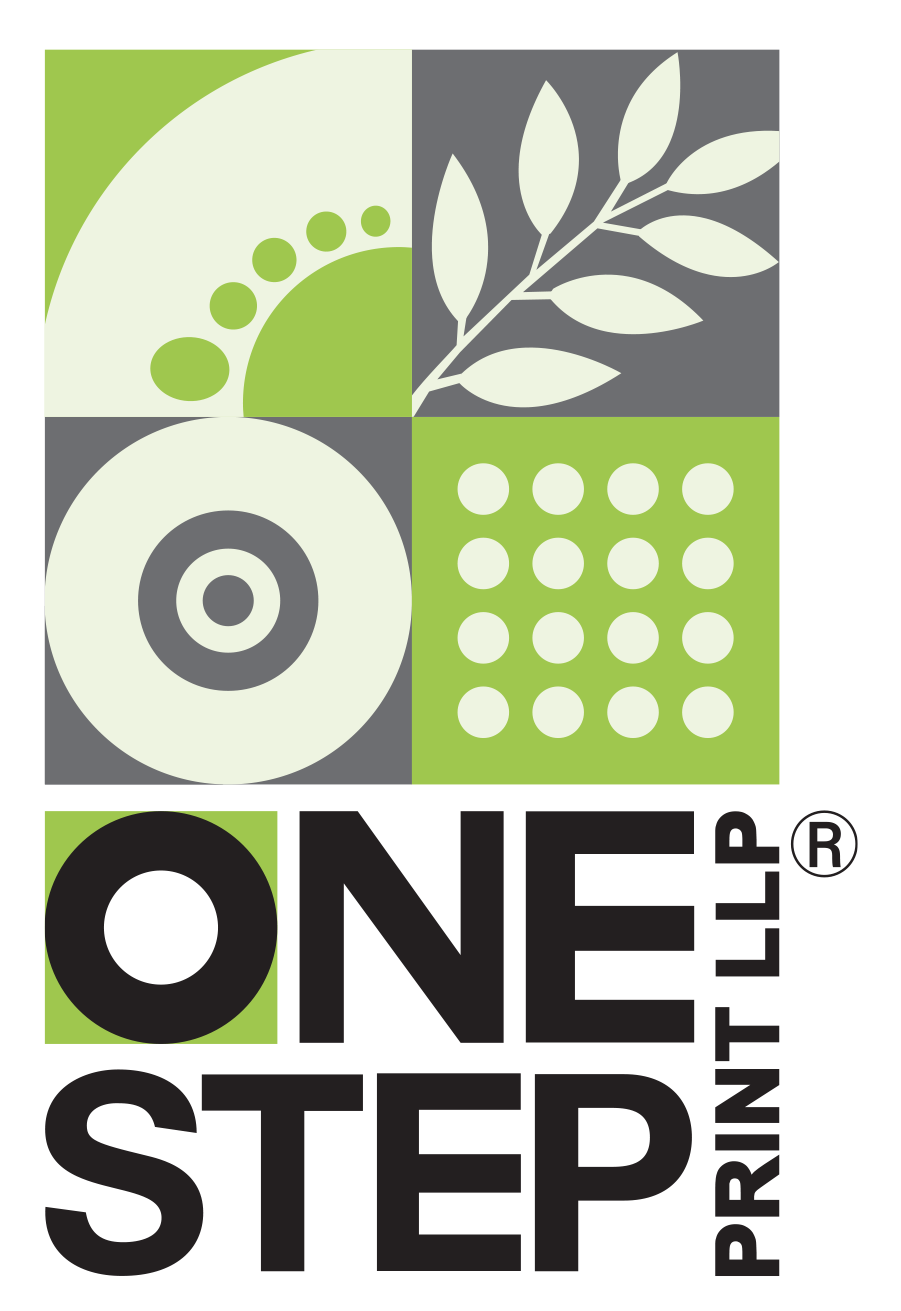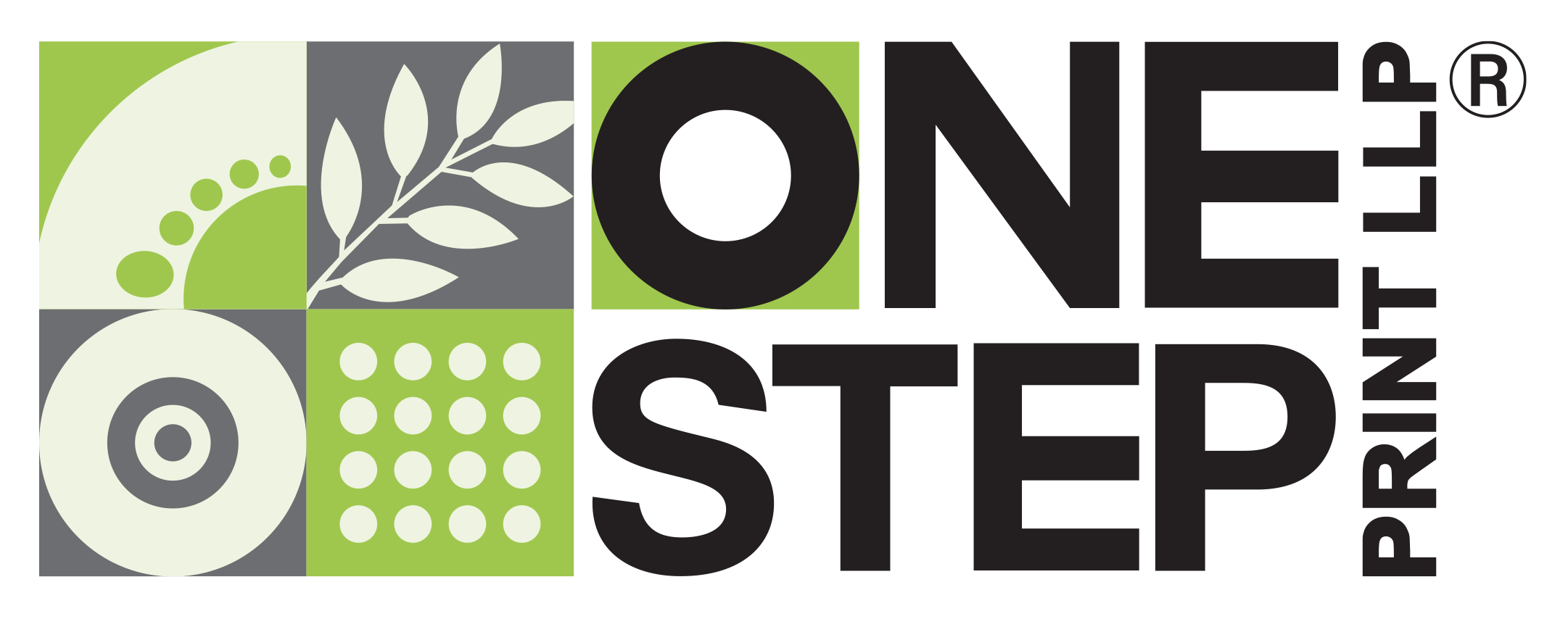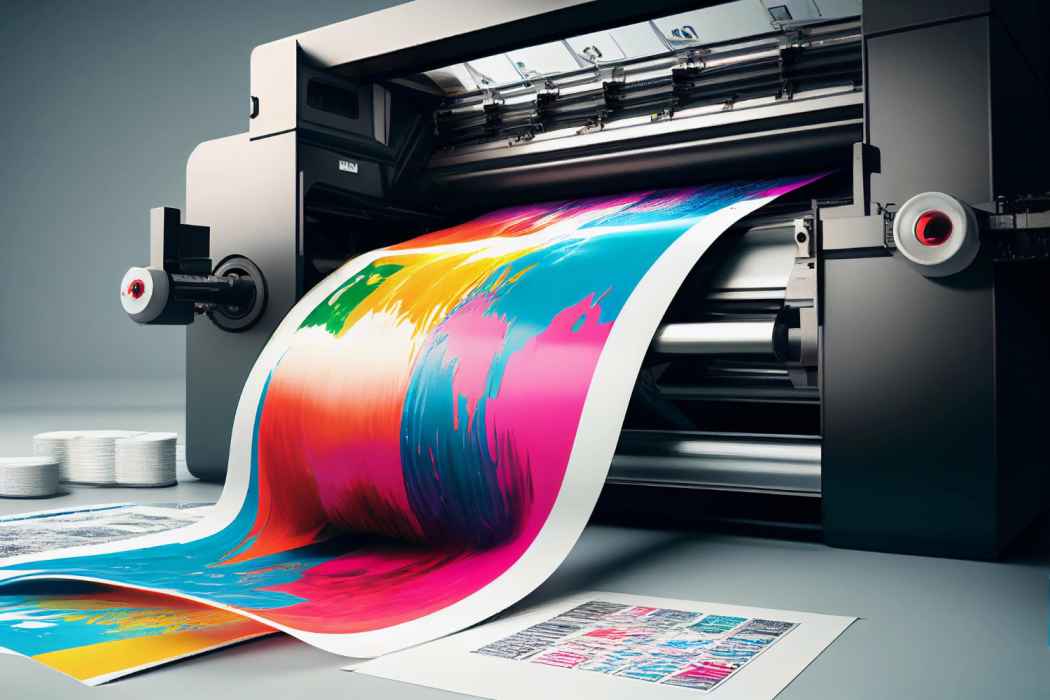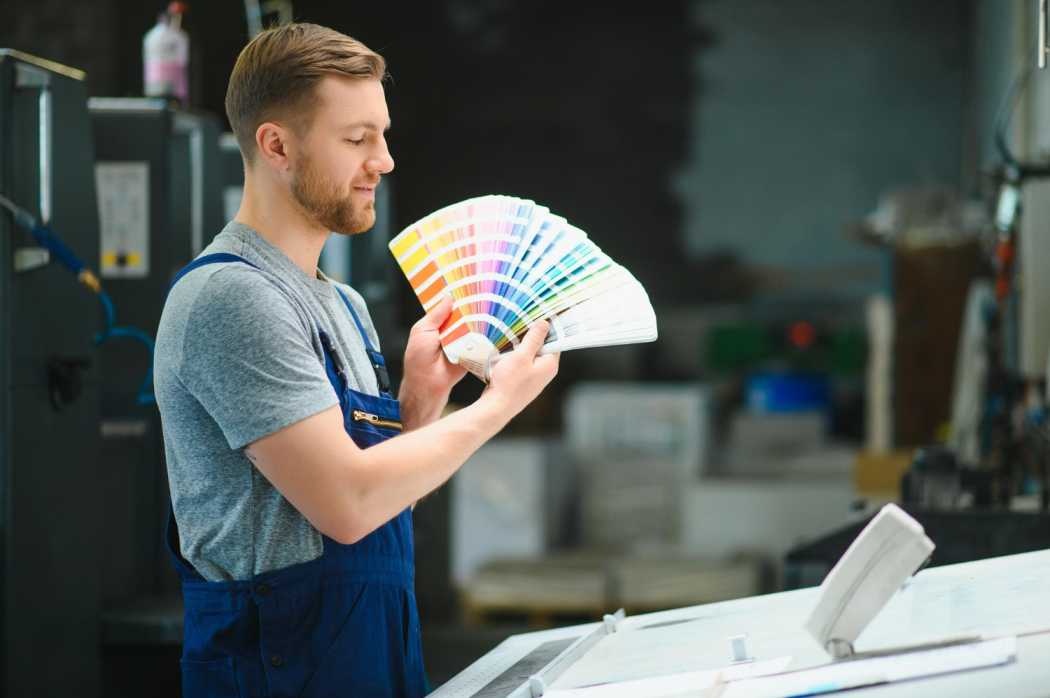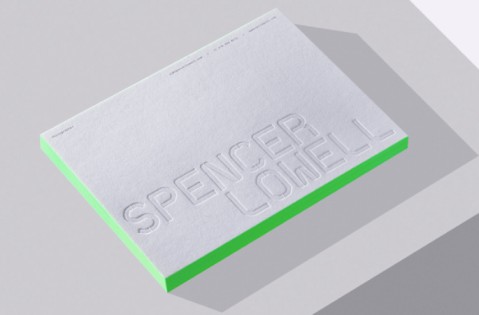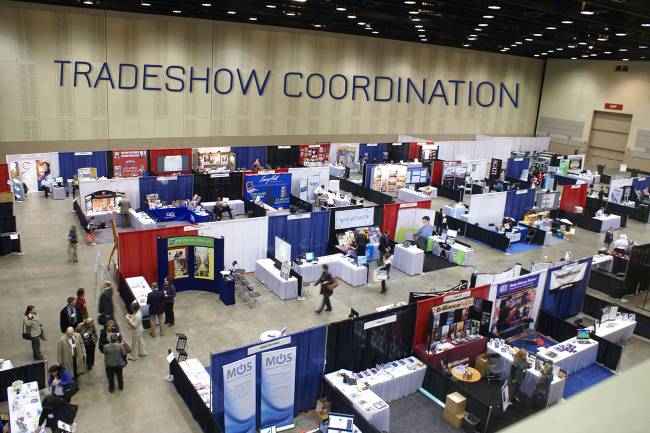HOW OFFSET PRINTING WORKS: AN INSIDE LOOK
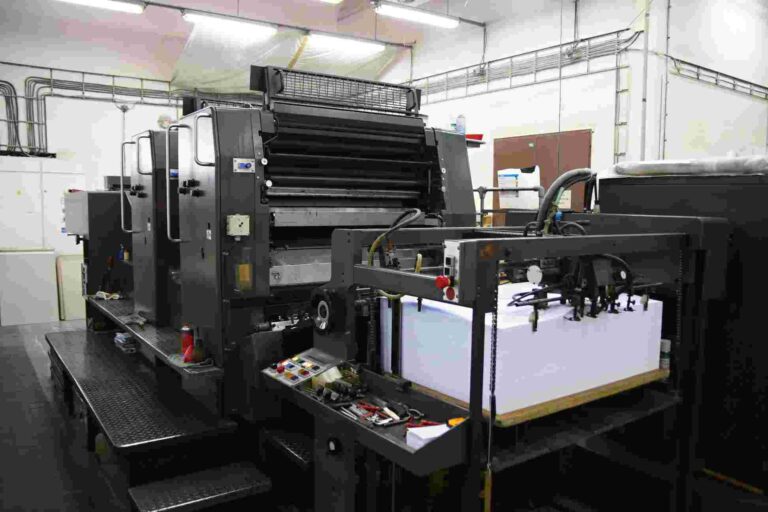
What Is Offset Printing?
Offset printing is a popular method for creating high-quality printed materials. It’s perfect for big projects, typically used when printing 1,000 or more copies. The process involves a series of rollers that spread ink evenly onto the paper, ensuring consistent and professional results every time. It’s also great for combining different jobs into one run!
The Roller Sequence of an Offset Press
Here’s how the offset printing press works:
Plate Cylinder: This roller has a custom-made aluminum or plastic plate wrapped around it. The plate holds the image to be printed. It’s treated so that ink sticks to the image areas and a water solution repels ink from the non-image areas.
Ink and Water Application: As the plate cylinder spins, it meets other rollers that apply water and ink. The ink sticks to the image areas of the plate while the water keeps the non-image areas clean.
Offset Cylinder: This roller, covered with rubber, turns in the opposite direction of the plate cylinder. The ink from the plate is transferred to this rubber blanket, creating a mirror image of the design.
Impression Cylinder: The final roller, a steel cylinder, presses the paper against the rubber blanket, transferring the ink to the paper. This results in a print that mirrors the original image on the plate.
This process is called “offset printing” because the image is first transferred to the rubber blanket before being applied to the paper, which helps to preserve the printing plate and extend its lifespan.
Each Ink Color Has Its Own Set of Rollers
In offset printing, each ink color used in a print job has its own dedicated set of rollers. For example, a four-color press (CMYK) will have four sets of rollers, one for each color – cyan, magenta, yellow, and black. Similarly, a two-color press will have two sets of rollers. This ensures that each color is applied accurately and consistently, resulting in vibrant and precise prints.
The Paper Feed
In offset printing, there are two main methods for feeding paper into the press: sheet-fed and web-fed.
Sheet-Fed Presses: These presses use individual sheets of paper, fed one at a time. They’re commonly used for items like brochures, flyers, letterheads, and booklets. The sheets can be the final size or larger, and trimmed down after printing.
Web-Fed Presses: These presses use a continuous roll of paper from a large spool. The paper is fed through tension rollers to keep it taut. Web-fed presses are faster and are used for high-volume printing like newspapers, magazines, books, and catalogs. After printing, the paper is cut to the final size.
Offset printing is a fascinating process that delivers top-notch quality results. If you have any questions about offset printing, feel free to ask! And remember, for your next printing project, consider ONE STEP PRINT. We simplify the printing process to make it easier for you.
[Bulk Printing, Offset Printing, Commercial Printing, Printing Partner, Printing Service Provider, Printing Solutions, Printers For Corporates, Professional Printing, One Step Print LLP, Offset printer for bulk Printing, Printer Nearby, Offset Printing, How Offset Printing Works, Offset Printing Process, Offset Printing Rollers, Sheet-Fed Offset Printing, CMYK Printing, Offset Printing Quality, Printing Techniques, Offset Press Explained, Paper Feed Methods in Printing, Commercial Printing Solutions, High-Quality Print Production, Printing Project Solutions, ONE STEP PRINT Services.]
